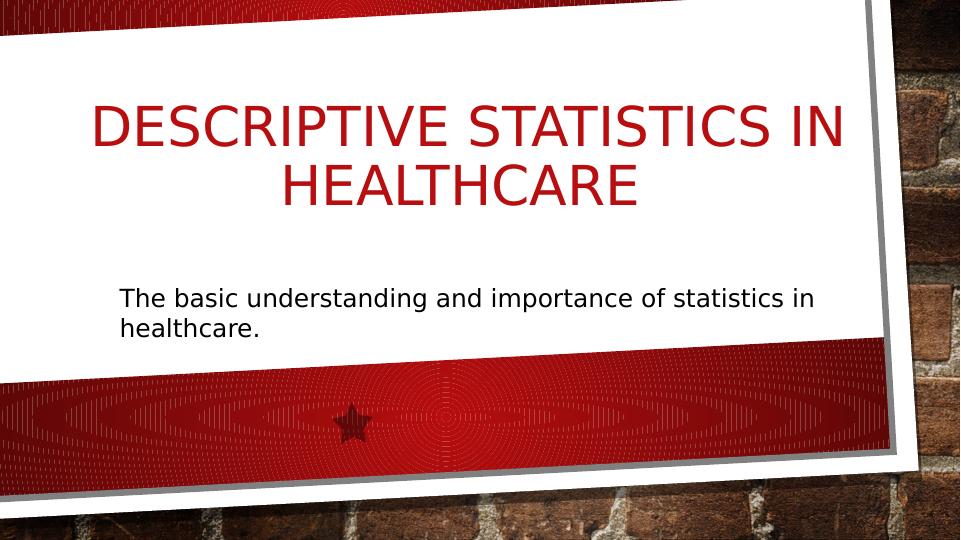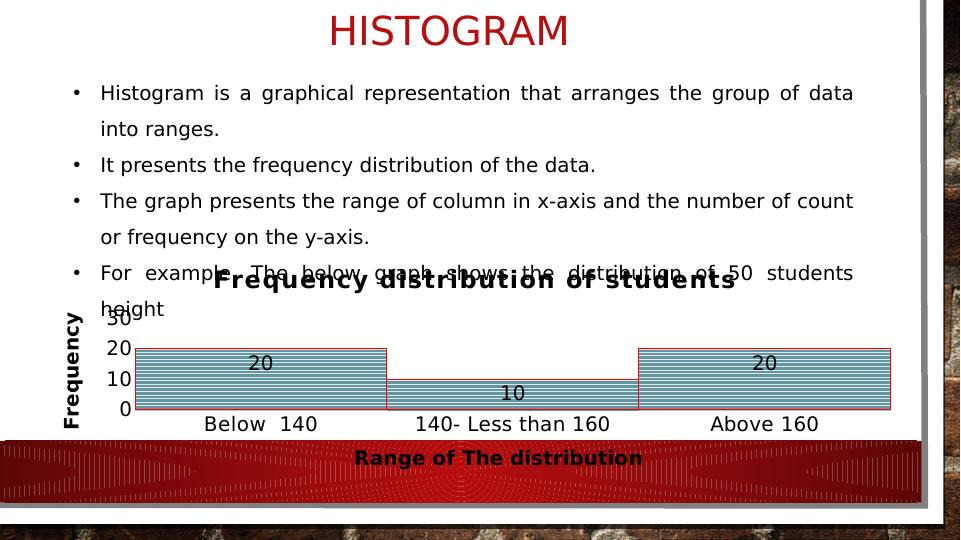Descriptive Statistics in Healthcare
13 Pages1557 Words300 Views
Added on 2022-11-29
About This Document
This presentation provides an overview of descriptive statistics in healthcare. It covers measures of central tendency and variability, frequency distribution, histogram, mean, median, mode, range, boxplot, percentile, and standard deviation. The presentation explains the importance of these statistical measures in healthcare decision-making and performance evaluation.
Descriptive Statistics in Healthcare
Added on 2022-11-29
ShareRelated Documents
End of preview
Want to access all the pages? Upload your documents or become a member.
Statistical Analysis-Report Methods
|5
|1224
|34
The project has been conducted in two parts
|5
|587
|19
QUANTITATIVE METHODS.
|7
|321
|328
Graphical representation and Hypotheses test
|3
|1188
|11
Midterm Statistics - Question Answer
|15
|1770
|23
Probability that the download time is above 1.8 seconds for Business Name Course Number Date Faculty Name Mathematics for Business PART A
|13
|1731
|374




